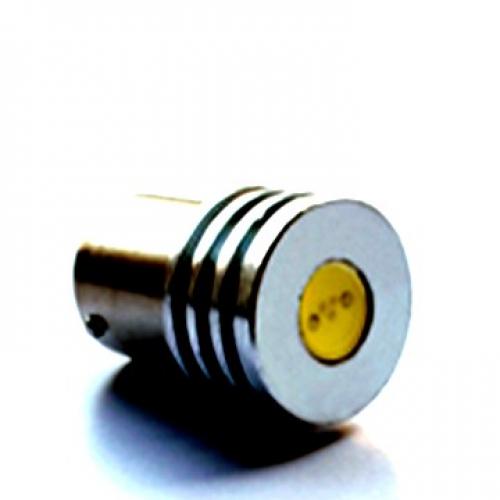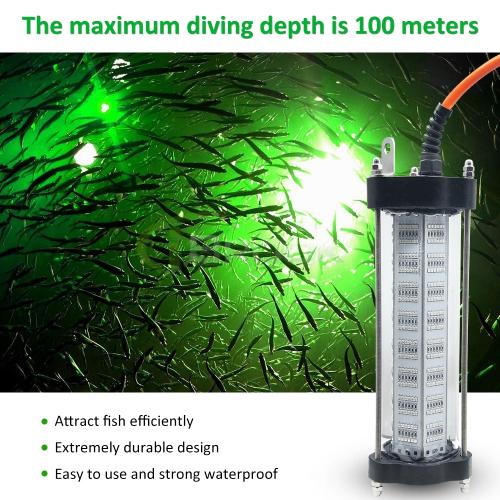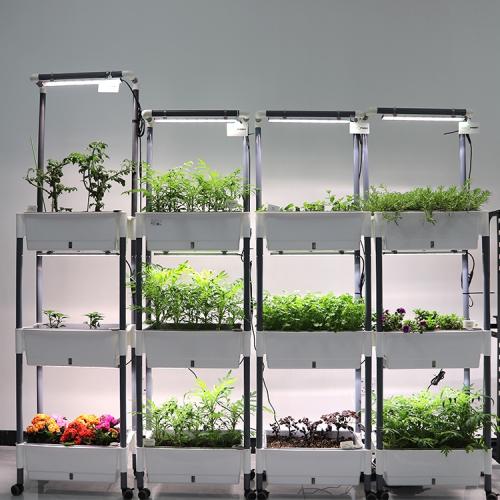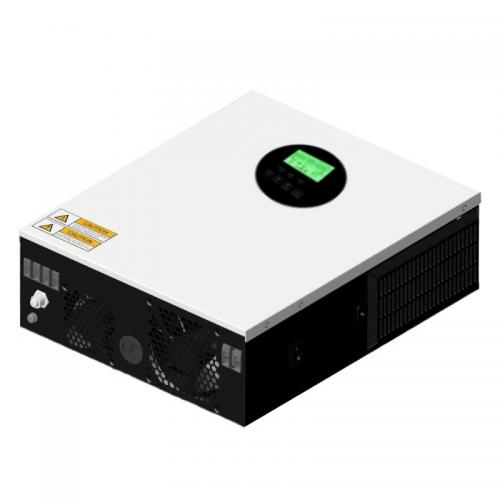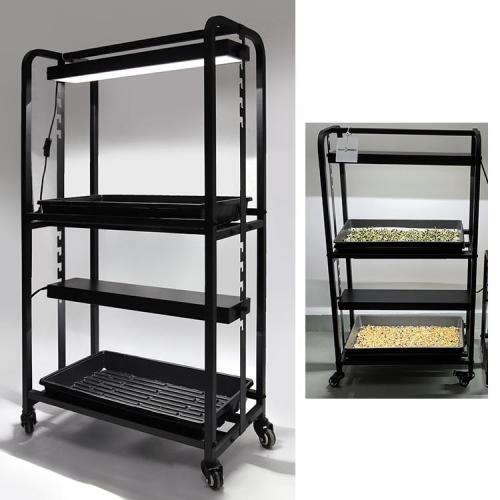When to turn on grow lights for indoor plants?
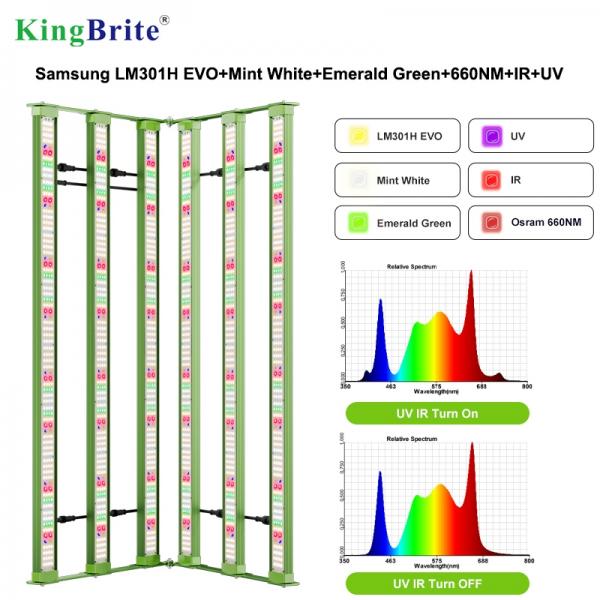
Indoor gardening has gained significant popularity, especially among urban dwellers who may not have access to outdoor spaces. One of the essential components of successful indoor gardening is the use of grow lights. Grow lights provide the necessary spectrum of light that plants need for photosynthesis, growth, and flowering. However, understanding when to turn on these lights can be crucial for the health and productivity of your indoor plants. In this article, we will delve into the factors that influence the timing of grow light usage and offer practical advice for optimizing their use.
Understanding Plant Light Requirements
Plants require light for photosynthesis, the process by which they convert light energy into chemical energy to fuel their growth. Natural sunlight is the ideal source of light for plants, as it contains the full spectrum of light wavelengths that plants use. However, indoor environments often lack sufficient natural light, necessitating the use of grow lights to supplement or replace sunlight.
Different plants have varying light requirements based on their natural habitats. For instance, tropical plants often thrive in bright, indirect light, while succulents and cacti prefer direct sunlight. Understanding the specific light needs of your plants is the first step in determining when to turn on grow lights.
Factors Influencing Grow Light Timing
-
Type of Plant: As mentioned, different plants have different light needs. Research the specific requirements of your plants to determine the appropriate amount of light they need each day.
-
Seasonal Changes: The amount of natural light available changes with the seasons. During winter months, days are shorter, and sunlight is less intense, which may necessitate longer periods of grow light use. Conversely, during summer, natural light may be sufficient for some plants.
-
Location of Plants: The placement of your plants within your home can affect their light exposure. Plants located near windows may receive more natural light, while those in darker corners will need more supplemental light from grow lights.
-
Growth Stage: Plants have different light requirements at various stages of growth. Seedlings and young plants typically need more light than mature plants. Flowering plants may also require specific light cycles to encourage blooming.
-
Type of Grow Light: Different types of grow lights, such as LED, fluorescent, and incandescent, have varying efficiencies and light spectrums. LED grow lights are popular for their energy efficiency and ability to provide a full spectrum of light.
When to Turn on Grow Lights
To optimize the use of grow lights, consider the following guidelines:
-
Day Length Simulation: Aim to simulate the natural day length that your plants would experience in their native environment. For most plants, this means providing 12 to 16 hours of light per day. Use timers to automate this process and ensure consistency.
-
Morning Activation: Turning on grow lights in the morning can mimic the natural sunrise and help regulate your plants' circadian rhythms. This is especially beneficial for plants that are sensitive to light cycles.
-
Adjust for Seasons: During winter, when daylight hours are reduced, you may need to extend the period during which grow lights are on. Conversely, during summer, you might reduce grow light usage if natural light is abundant.
-
Observe Plant Response: Monitor your plants for signs of insufficient or excessive light. Yellowing leaves or stunted growth can indicate inadequate light, while scorched leaves may suggest too much light. Adjust grow light timing accordingly.
Practical Tips for Grow Light Use
-
Use Timers: Invest in programmable timers to automate the on/off cycles of your grow lights. This ensures consistent light exposure and frees you from manually managing the lights.
-
Positioning: Ensure that grow lights are positioned at the appropriate distance from your plants. Too close, and they may cause heat stress; too far, and they may not provide sufficient light intensity.
-
Regular Adjustment: As your plants grow, adjust the position and timing of your grow lights to accommodate their changing needs. Taller plants may require repositioning of lights to maintain optimal exposure.
-
Combine with Natural Light: If possible, place plants in locations where they can benefit from both natural and artificial light. This can reduce reliance on grow lights and save energy.
-
Choose the Right Spectrum: Ensure your grow lights provide the full spectrum of light, including blue and red wavelengths, which are crucial for plant growth and flowering.
Conclusion
The use of grow lights is a powerful tool for indoor gardeners, enabling the cultivation of plants in environments with limited natural light. By understanding the specific light needs of your plants and considering factors such as plant type, seasonal changes, and growth stages, you can effectively determine when to turn on grow lights. Implementing practical strategies like using timers, adjusting light positioning, and combining natural and artificial light will optimize plant health and growth. With careful attention to these details, you can create a thriving indoor garden that brings the beauty and benefits of nature into your home.

 Afrikaans
Afrikaans Čeština
Čeština Dansk
Dansk Deutsch
Deutsch Español
Español Francais
Francais Italiano
Italiano Magyar
Magyar Nederlands
Nederlands Norsk
Norsk Polski
Polski Português
Português Română
Română Slovák
Slovák Suomi
Suomi Svenska
Svenska Tiếng Việt
Tiếng Việt Türk dili
Türk dili Ελλάδα
Ελλάδα Русский
Русский اللغة العربية
اللغة العربية แบบไทย
แบบไทย 中文繁體
中文繁體 日本語
日本語 한국인
한국인
